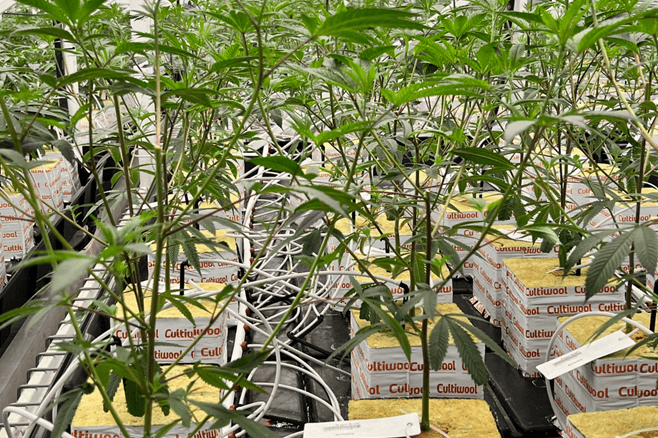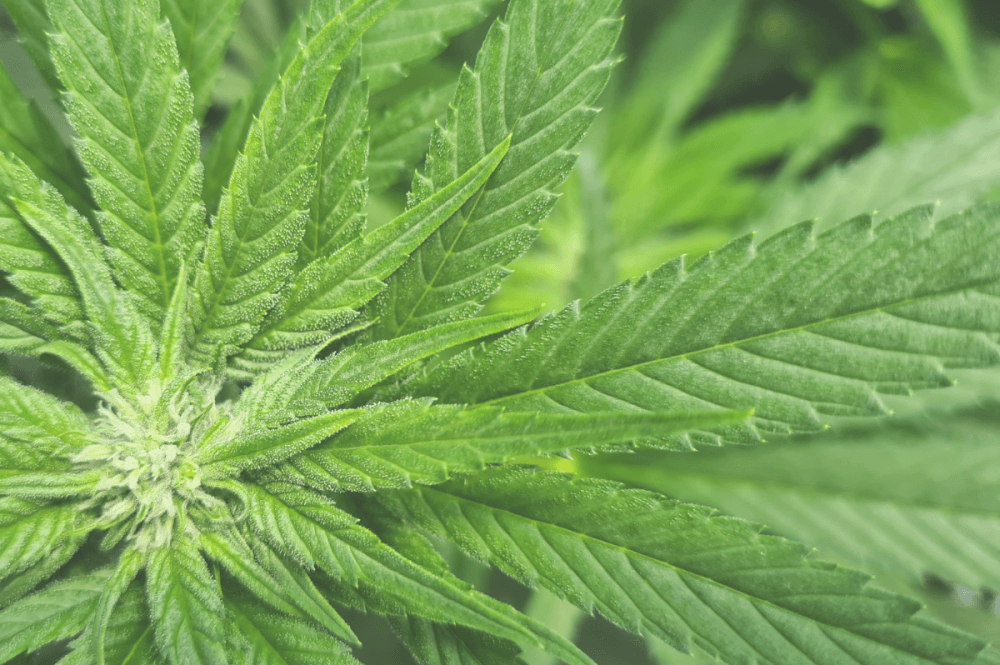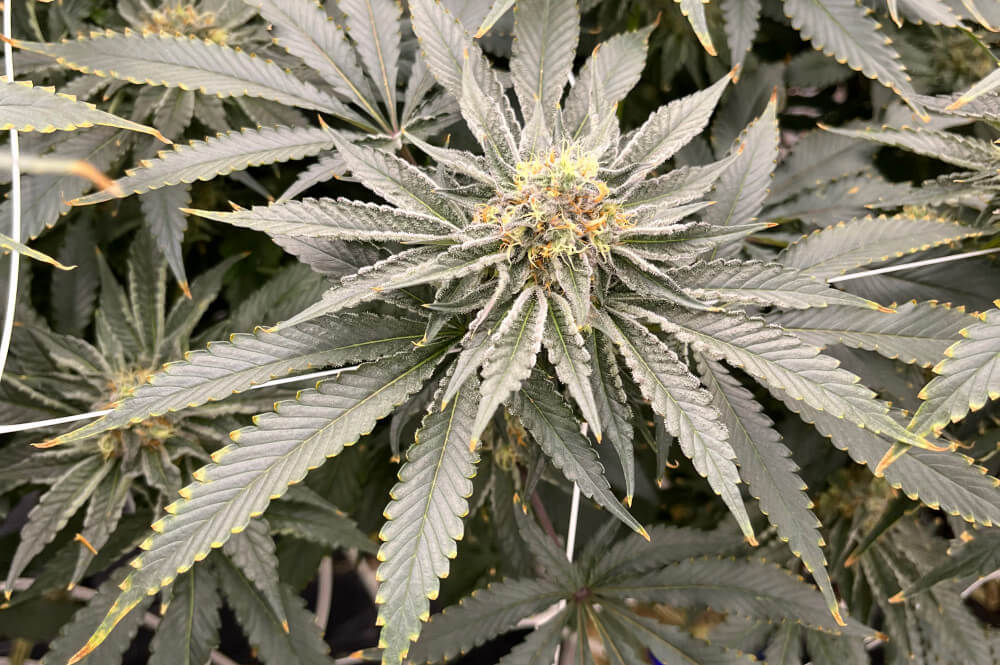
Nutrients for Cannabis Cultivation on Stone Wool
18 januari 2023
Macro, Micro, Deficiency & Excess
Fertigation, the right way
Our previous article discussed, among others, that stone wool is an inert and sterile growing media for cannabis cultivation. Now, it is essential that we discuss the nutrients added to this substrate via fertigation. Because, not as soil-like growing media, stone wool does not release or/and take up any nutrients. This article will focus on the most important nutrient elements for cannabis cultivation.
Although this is the base of one stone wool’s benefits as a substrate, it is important to make sure all required nutrients are supplied to the plants with the correct and required amounts, depending on the growing stage and the cultivar grown. Check previous articles for more useful information regarding irrigation, control of EC and pH, and more.

Macro and micro nutrients
Plants need various nutrients to grow and develop properly. These can be divided into several categories;
The primary macronutrients are nitrogen (N), phosphorus (P), and potassium (K), followed by the secondary macronutrients, which are calcium (Ca), magnesium (Mg), and sulfur (S). Next, are the micronutrients, iron (Fe), manganese (Mn), boron (B), zinc (Zn), copper (Cu), and molybdenum (Mo). Lastly, there are also sodium (Na) and chlorine (Cl), which are ballast nutrients. Of course, carbon (C), hydrogen (H), and oxygen (O) are supplied from the air and water and play a crucial role for plants.
Balance of the nutrient solution is the key to healthy crops. Nevertheless, when the plants do not receive a well-balanced nutrient mix, in most cases the plants will express this as deficiency and/or excess. The lack or excess of each nutrient will result in a rather unique look on the plants, yet, might differ between the varying cannabis cultivars. Growers can recognize it based on their experience with the plants. Analysis of leaf sap and/or drain water is an option to provide insights. Following the fertilization recipe will have to be adapted.

Deficiency symptoms
To identify deficiency or excess of nutrients, you need to understand the difference between mobile and immobile nutrients. When a nutrient is classified as mobile, it means that once it has been taken up by a plant, it still can be translocated to other parts of the plant's organism. However, it is not the case with immobile nutrients. As such, when a plant faces a deficiency of a mobile nutrient, it will relocate that nutrient from the older bottom leaves, to invest them in the newest and youngest leaves to keep growing.
This also means that the first symptoms of deficiency of the mobile nutrients will be visible in the lower parts of the plants, where the leaves are the oldest. On the contrary, with immobile nutrients when the plant cannot relocate them, the first place the deficiency symptoms will appear are the growing tips and younger leaves. The mobile nutrients are N, P, K, Mg, Cl, and Mo. The immobile nutrients are Ca, S, B, Cu, Fe, Mg, and Zn.

Adjusting the recipe
All in all, it is essential to maintain a balanced fertilization recipe that will supply the plants with the required levels of each nutrient for healthy growth and development. Nevertheless, once symptoms of damage appear, it is good to examine the orientation (e.g., near the vines, at the leaf edges, etc.), color (e.g., yellowing, brown, purple, etc.), and location (growing tips and young leaves, or bottom older leaves) of the symptoms on the plants in order to have an idea of what nutrients are missing or excessing and adjust the recipe accordingly.
Want to know more?
On this website you will find more information on our stone wool substrates and instructions for optimum use! If you have any question, remark, or request, please feel free to contact us here, or via our Facebook and Instagram accounts.
Więcej pozycji



